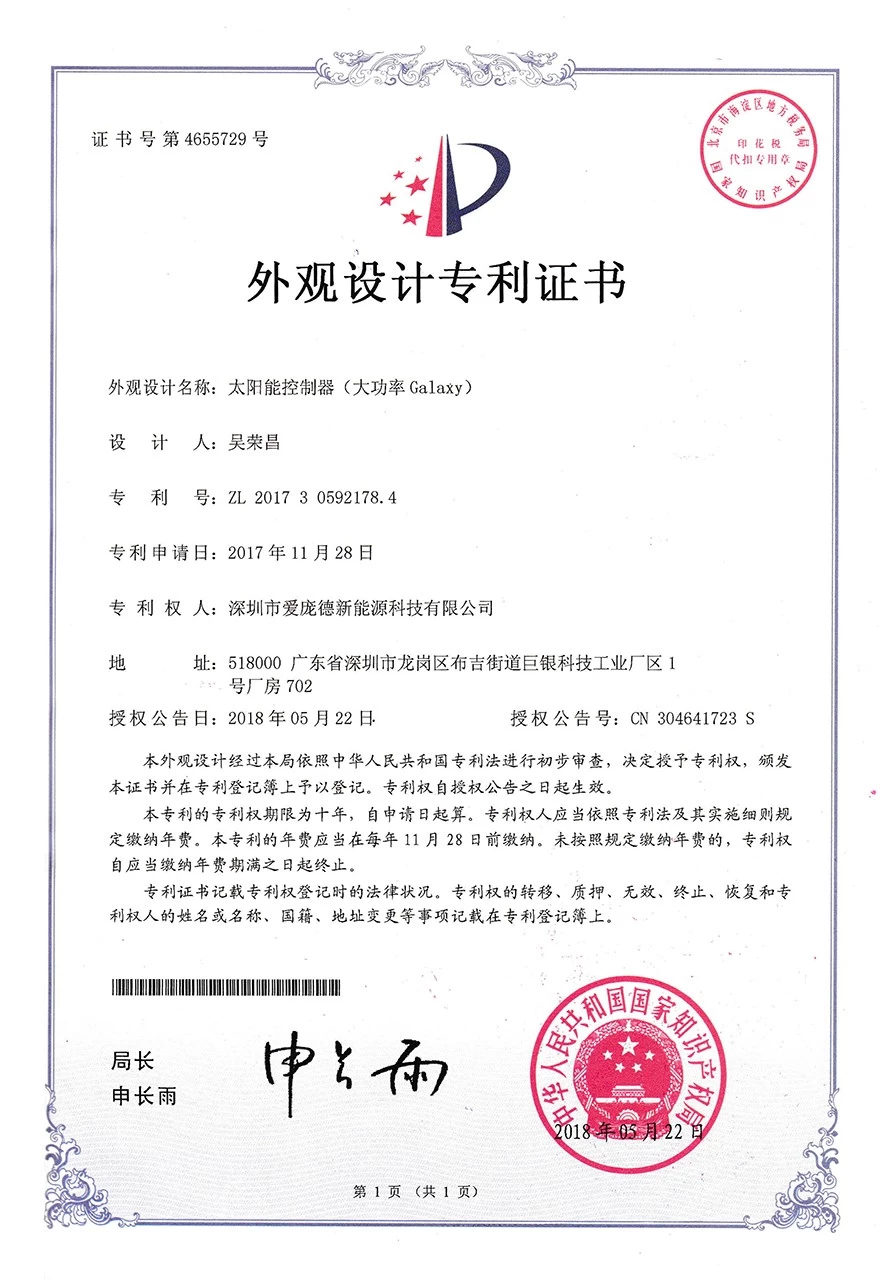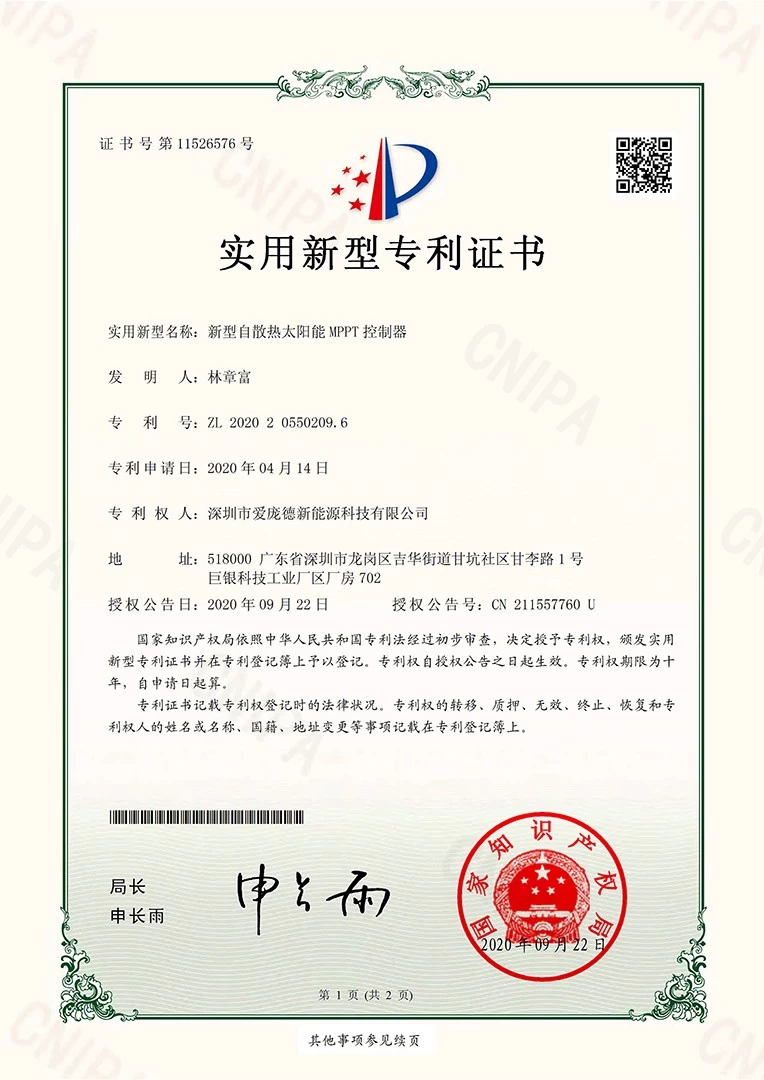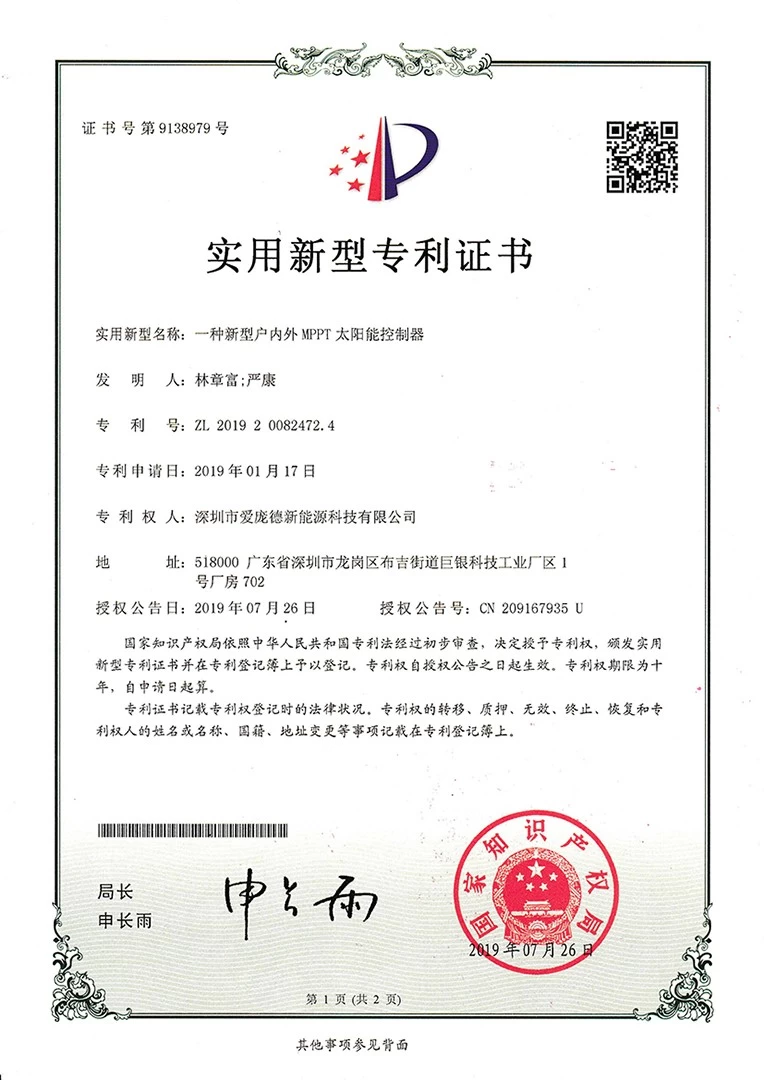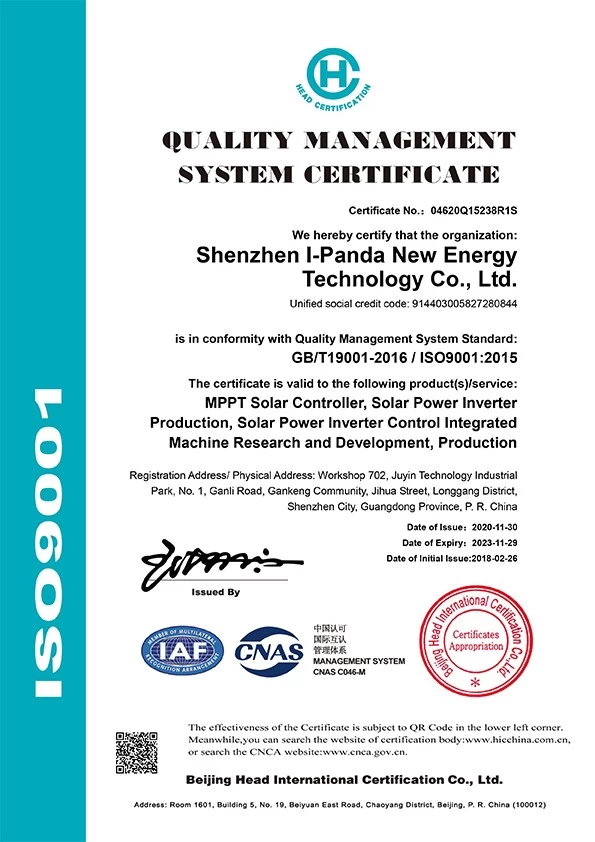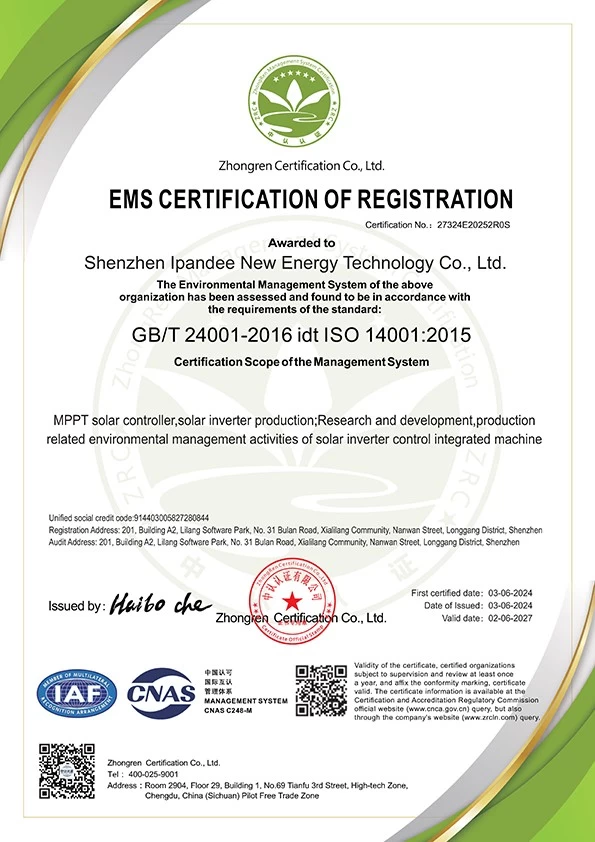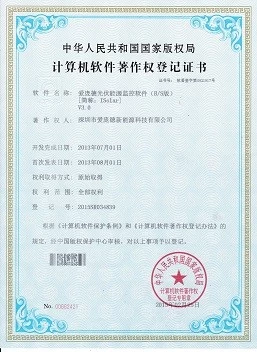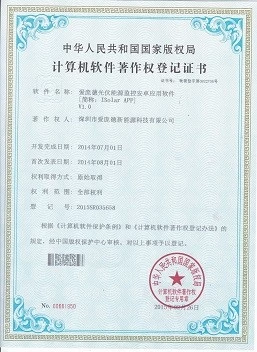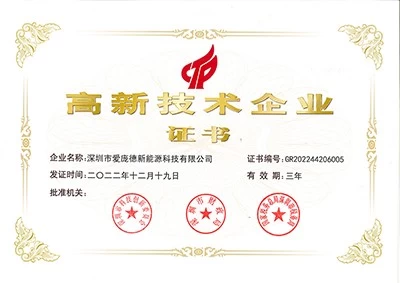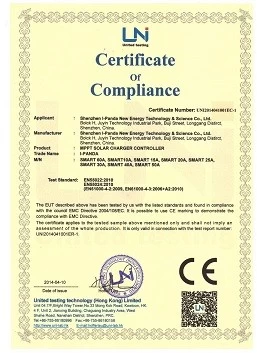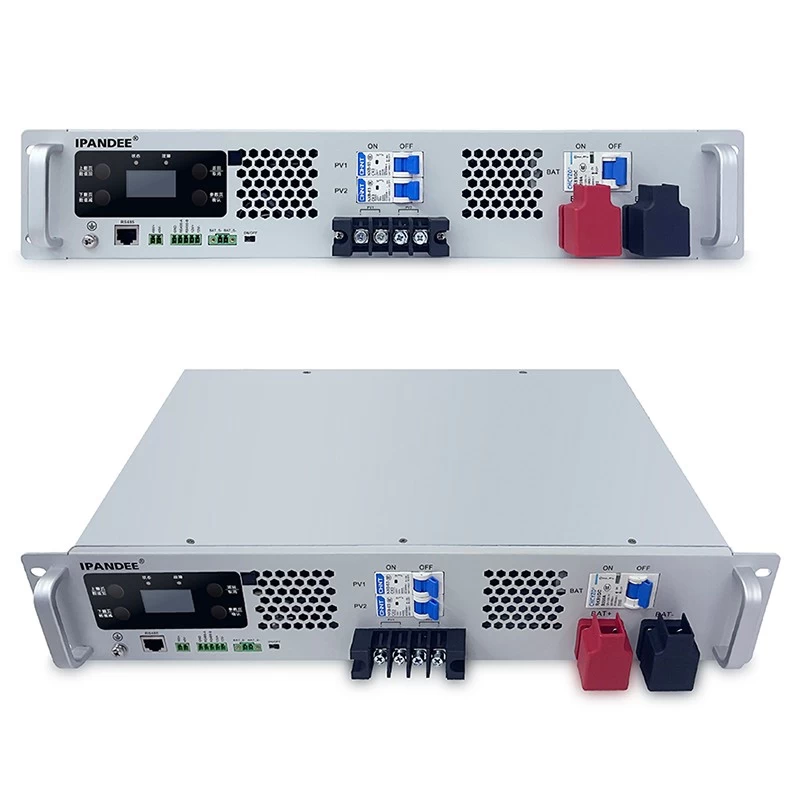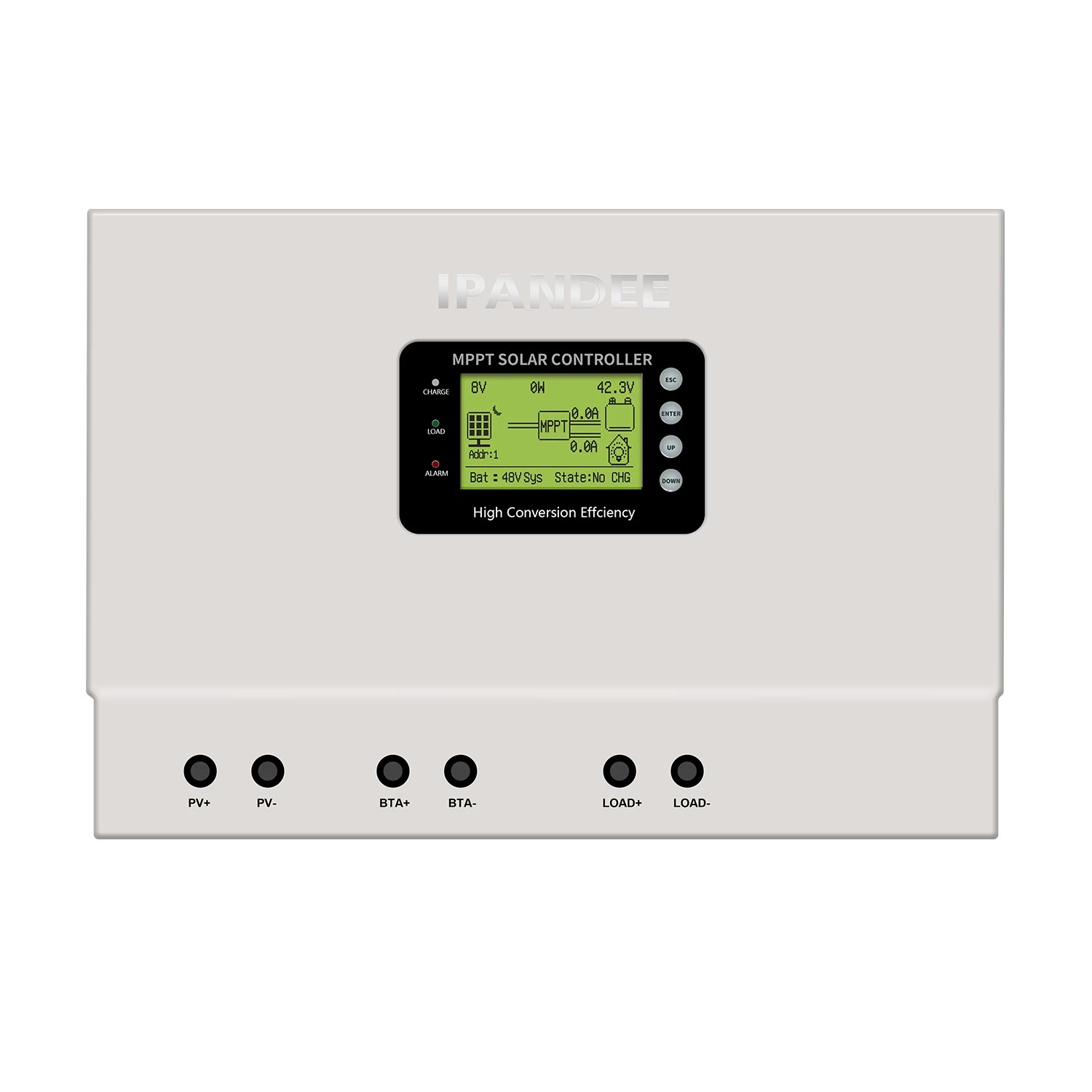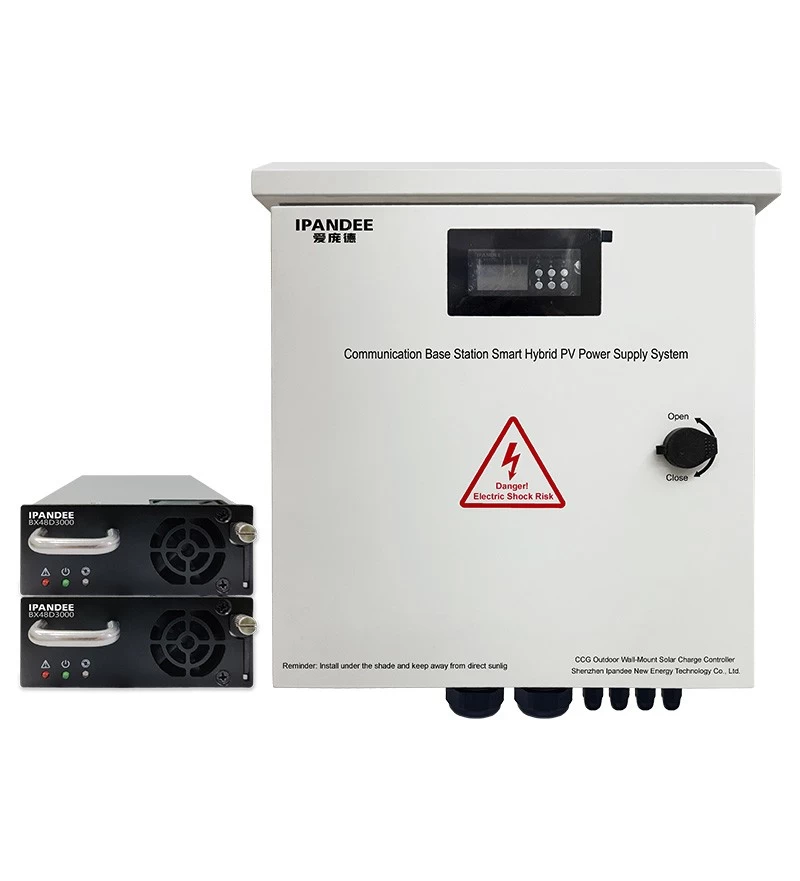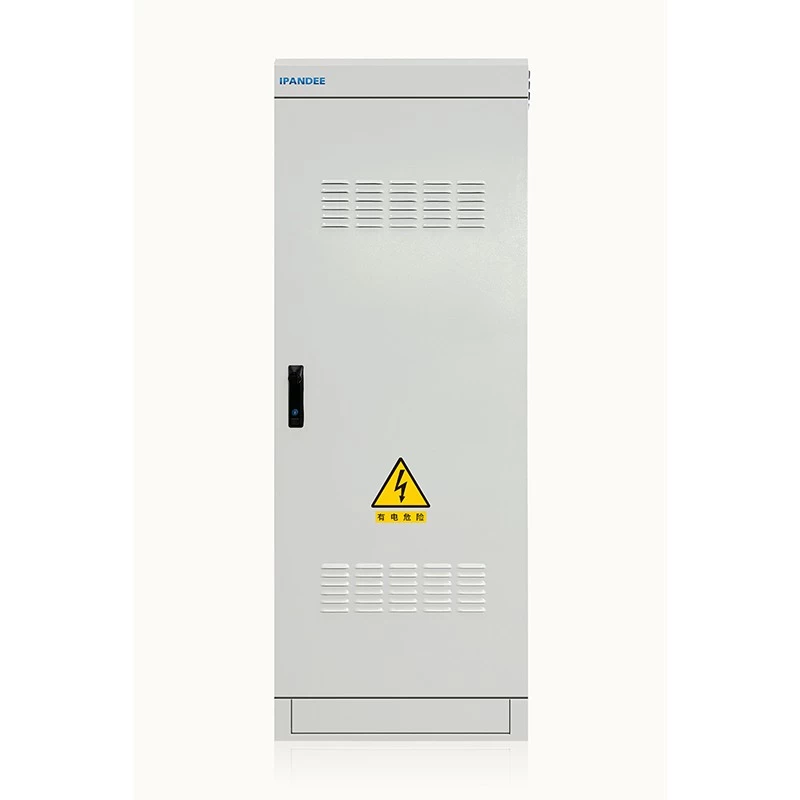From January to March, the installed capacity of photovoltaic power generation is less than 5GW.
the Internet
2019-04-28 16:55:03
The following is the details of the "Operation of the Power Industry in January-March 2019":
First, the growth rate of electricity consumption in the whole society has improved year-on-year, and the growth rate of the second industrial electricity has risen steadily.From January to March, the national total electricity consumption was 1,679.5 billion kWh, a year-on-year increase of 5.5%, and the growth rate dropped by 4.3 percentage points over the same period of the previous year.
In terms of industry, in January-March, the first industrial electricity consumption was 16 billion kWh, a year-on-year increase of 6.8%. The growth rate dropped by 3.5 percentage points over the same period of the previous year, and the contribution rate to the total social electricity consumption was 1.2%; The second industrial power consumption was 1,094.5 billion kWh, an increase of 3.0% over the same period of last year. The growth rate dropped by 3.7 percentage points over the same period of the previous year, accounting for 65.2% of the total electricity consumption of the whole society. 36.4%; the third industrial power consumption was 285.9 billion kWh, an increase of 10.1% year-on-year. The growth rate dropped by 6.6 percentage points over the same period of the previous year, accounting for 17.0% of the total electricity consumption of the whole society. The contribution rate was 30.2%; the electricity consumption of urban and rural residents was 283 billion kWh, which was 11.0% year-on-year. The growth rate dropped by 6.2 percentage points over the same period of the previous year, accounting for 16.9% of the total electricity consumption of the whole society. The contribution rate of the addition was 32.2%.

In terms of provinces, in January-March, except for Heilongjiang and Qinghai, the total electricity consumption of all provinces in the country was positively added. In the meantime, there were 16 provinces with a higher electricity consumption growth rate than the national average (5.5%), followed by Tibet (22.1%), Inner Mongolia (11.8%), Xinjiang (11.3%), and Hubei (11.2%). , Anhui (11.1%), Guangxi (10.2%), Jiangxi (9.6%), Hunan (9.5%), Guizhou (8.6%), Ningxia (8.5%), Sichuan (8.3%), Hainan (7.3%), Shanxi (7.1%), Hebei (7.0%), Shaanxi (6.0%) and Zhejiang (5.6%).
In March, the national total electricity consumption was 573.2 billion kWh, an increase of 7.5% year-on-year, and the growth rate was 3.9 percentage points higher than the same period of the previous year. In terms of industry, the first industrial power consumption was 5 billion kWh, a year-on-year increase of 3.9%, and the growth rate dropped by 2.0 percentage points over the same period of the previous year; the second industrial power consumption was 388.4 billion kWh, a year-on-year increase of 6.3%. In the same period of last year, the progress was 7.9 percentage points; the third industrial power consumption was 86.9 billion kWh, a year-on-year increase of 9.9%, and the growth rate dropped by 2.6 percentage points over the same period of the previous year; the urban and rural residents' electricity consumption was 93 billion kWh, a year-on-year increase of 10.6%. The growth rate dropped by 10.5 percentage points over the same period of the previous year.
In terms of provinces, in March, there were 17 provinces in which the growth rate of electricity consumption in the whole society exceeded the national average (7.5%). Among the provinces with a growth rate exceeding 10%, Tibet (26.2%) and Sichuan (16.1%) Guizhou (15.7%), Guangxi (14.6%), Jiangxi (14.5%), Zhejiang (13.4%), Xinjiang (12.7%), Hubei (12.4%), Anhui (12.3%), Hunan (12.1%) and Hainan ( 10.2%); the provinces with negative energy consumption growth in the whole society are Qinghai (-5.9%) and Beijing (-1.9%).
Second, the electricity consumption of industry and manufacturing has been added year-on-year, but the growth rate is lower than that of the whole society.
From January to March, the national industrial electricity consumption was 1,074 billion kwh, an increase of 2.8% over the same period of last year. The growth rate dropped by 3.7 percentage points over the same period of the previous year, accounting for 63.9% of the total electricity consumption of the whole society. The contribution rate is 33.2%. In March, the national industrial electricity consumption was 383 billion kWh, an increase of 6.1% year-on-year. The growth rate was 7.5 percentage points higher than the same period of the previous year, accounting for 66.8% of the total electricity consumption of the whole society.
From January to March, the national manufacturing power consumption was 802.7 billion kWh, an increase of 3.4% year-on-year. The growth rate dropped 3.1 percentage points over the same period of the previous year, accounting for 47.8% of the total electricity consumption of the whole society. The contribution rate added was 30.4%. In March, the national manufacturing power consumption was 270.7 billion kWh, an increase of 9.0% year-on-year, and the growth rate was 14.3 percentage points higher than the same period of the previous year; the average daily electricity consumption of the manufacturing industry was 8.73 billion kWh/day, which was different from the same period of the previous year. Last month, 9.7 billion kWh/day and 420 million kWh/day were added.
Third, the four high-energy energy occupational power growth rate slowed down overall, the non-ferrous metal exercise career decreased in the month
From January to March, chemical raw materials, non-metallic mineral products, ferrous metal exercise and non-ferrous metal exercise four high-energy occupational electricity consumption calculations of 452.4 billion kwh, an increase of 2.8% year-on-year, the growth rate dropped 2.0 times over the same period of the previous year Percentage points, the calculated electricity consumption accounted for 26.9% of the total electricity consumption of the whole society, and the contribution rate to the total social electricity consumption was 14.2%. In the meantime, the chemical occupational electricity consumption was 109.8 billion kWh, an increase of 2.9% over the same period of last year, and the growth rate was 0.7 percentage points higher than that of the same period of the previous year; the building materials occupational electricity consumption was 69 billion kWh, an increase of 7.9% over the same period of last year, and the growth rate was higher than that of the same period of the previous year. 1.9 percentage points; ferrous metal exercise occupational electricity consumption of 131.5 billion kWh, adding 2.8% year-on-year, the growth rate dropped by 6.8 percentage points over the same period of the previous year; non-ferrous metal exercise occupation 142.1 billion kWh, 0.4% year-on-year, the growth rate ratio The year-on-year decline was 1.9 percentage points.
In March, the four high-energy energy consumption calculations were 150 billion kWh, an increase of 4.2% year-on-year. The growth rate was 5.4 percentage points higher than the same period of the previous year, accounting for 26.2% of the total electricity consumption. In the meantime, the chemical occupational power consumption was 36 billion kWh, a year-on-year increase of 4.0%, and the growth rate was 5.9 percentage points higher than the same period of the previous year; the building materials occupational electricity consumption was 23.3 billion kWh, an increase of 21.3% over the same period, and the growth rate was improved over the same period of the previous year. 40.8 percentage points; ferrous metal exercise occupational power consumption 43.5 billion kwh, 3.1% year-on-year, the growth rate dropped 2.4 percentage points over the same period of the previous year; non-ferrous metal exercise occupation 47.2 billion kwh, down 1.6% year-on-year, the growth rate ratio In the same period of the year, it fell 4.1 percentage points.
4. The growth rate of thermal power and wind power generation decreased year-on-year, and the growth rate of hydropower and nuclear power generation increased year-on-year.
As of the end of March, the installed capacity of power plants of 6,000 kW and above nationwide was 1.81 billion kilowatts, a year-on-year increase of 5.9%, an increase of 6.15 million kilowatts from the previous month, and the growth rate dropped by 0.2 percentage points over the same period of the previous year. Hydropower 310 million kilowatts, during which, conventional hydropower 280 million kilowatts; thermal power 1.14 billion kilowatts, during which coal-fired power generation is 1.01 billion kilowatts, gas power generation 84.5 million kilowatts; nuclear power 45.91 million kilowatts; grid-connected wind power 190 million kilowatts;solar energy generation130 million kilowatts. From January to March, the national planned power generation capacity of the above-mentioned power plants was 1,174.7 billion kWh, an increase of 4.2% year-on-year, and the growth rate dropped by 3.8 percentage points over the same period of the previous year.
From January to March, the national hydropower generation capacity of the above-mentioned power plants was 215.9 billion kWh, an increase of 12.0% year-on-year, and the growth rate was 9.4 percentage points higher than the same period of the previous year. The top three provinces in China's hydropower generation are Sichuan (56.4 billion kWh), Yunnan (48.9 billion kWh) and Hubei (23.5 billion kWh), and their hydropower generation accounts for 59.7% of the country's hydropower generation. Add 4.5%, 22.3%, and -4.7%.
From January to March, the national thermal power generation capacity of the above-mentioned power plants was 1,265.8 billion kWh, an increase of 2.0% over the same period of last year, and the growth rate dropped by 4.9 percentage points over the same period of the previous year. In terms of provinces, the number of thermal power generation in 18 provinces was increased year-on-year. In the meantime, the provinces with growth rate exceeding 20% were Tibet (26.8%) and Hubei (21.2%). The provinces with growth rate exceeding 10% include Sichuan (14.7%), Beijing (12.6%) and Guizhou (10.4%); the other 13 provinces have reduced their thermal power generation year-on-year. During this period, Yunnan, Guangdong and Fujian fell by more than 10%. -29.2%, -15.9% and -10.3%.
From January to March, the national nuclear power generation capacity was 77 billion kWh, an increase of 26.1% year-on-year, and the growth rate was 14.5 percentage points higher than the same period of the previous year.
From January to March, the power generation capacity of wind power plants with a capacity of 6,000 kW and above was 104.1 billion kWh, an increase of 6.1% over the same period of last year. The growth rate dropped by 33.0 percentage points over the same period of the previous year.
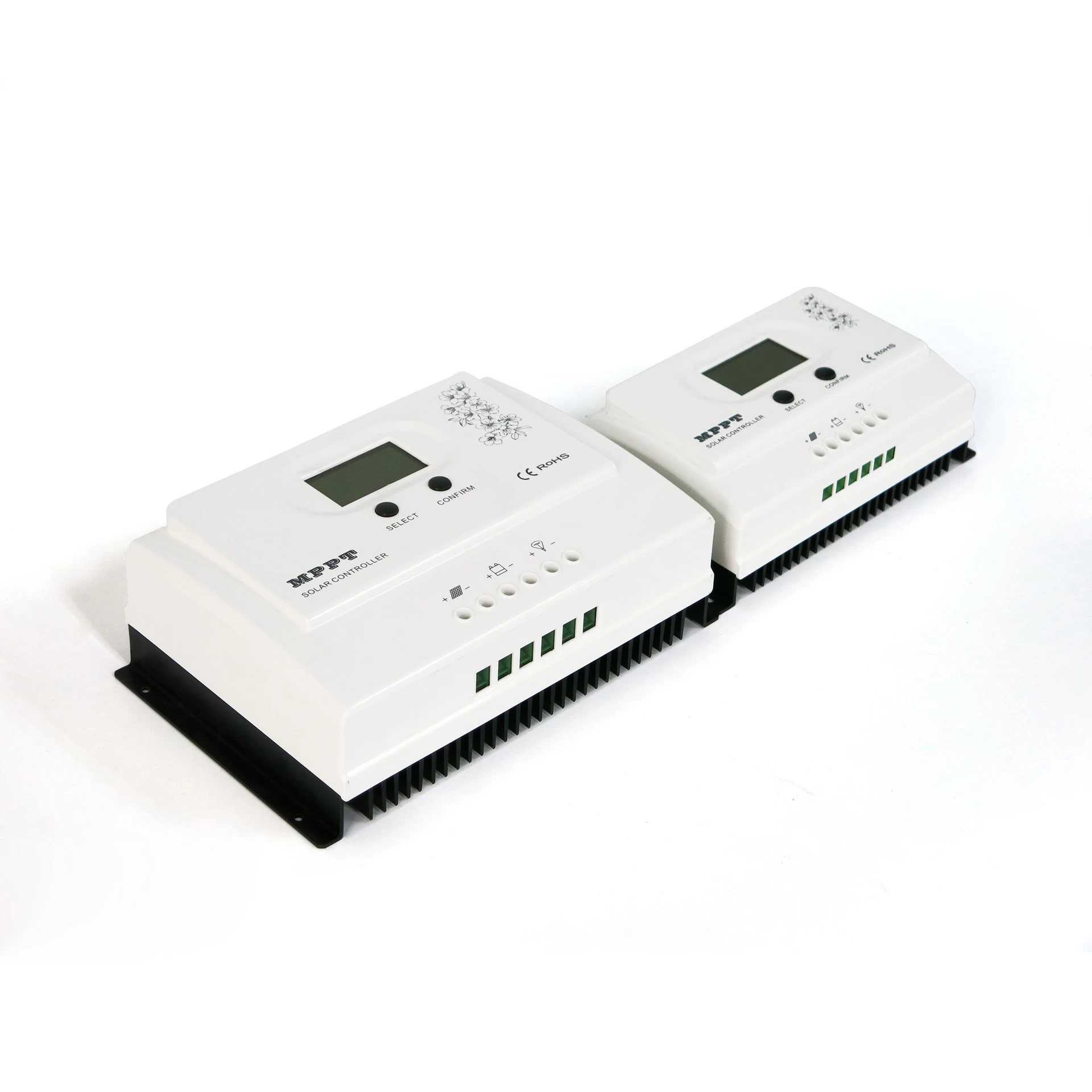
From January to March, the cumulative average use hours of power generation equipment nationwide was 919 hours, a decrease of 4 hours from the same period of the previous year.
In terms of types, from January to March, the average hours of use of hydropower equipment in the country was 691 hours, 74 hours more than the same period of the previous year. Among the 8 provinces with hydropower installed capacity exceeding 10 million kilowatts, except for Hubei, which was down 37 hours year-on-year, other provinces added year-on-year. Hunan, Yunnan and Guangxi added more than 100 hours, adding 376, 116 and 103 hours. National thermal power equipment The average hours of use were 1,083 hours (in the meantime, the average hours of use of coal-fired power generation and gas-fired power generation equipment were 1,122 and 603 hours), a decrease of 6 hours from the same period of the previous year.
In terms of provinces, the use hours of thermal power equipment in 14 provinces across the country exceeded the national average, while Gansu, Hubei, Hebei, Qinghai, Anhui, Inner Mongolia, Shaanxi, Xinjiang, and Jiangxi surpassed 1200 hours, while Yunnan and Tibet only had 302 and 81 hours. . Compared with the same period of last year, a total of 14 provinces were added with thermal power hours, while Sichuan added 197 hours. Hubei, Gansu, Guizhou, Xinjiang and Beijing added more than 100 hours, while Yunnan, Guangdong, Fujian, Hunan and Jilin fell more than 100. Hours, do not fall 220, 175, 119, 118 and 116 hours. The average use hours of nuclear power equipment in the country was 1,655 hours, a decrease of 35 hours compared with the same period of the previous year. The average hourly use of wind power equipment in the country was 556 hours, a decrease of 37 hours compared with the same period of the previous year. The average use time of solar power generation equipment in the country was 283 hours, compared with the same period of the previous year. Falling for 6 hours.
Sixth, the national cross-regional, inter-provincial power transmission insisted on adding faster
From January to March, the nationwide cross-regional power transmission ended at 105.4 billion kWh, an increase of 8.4% over the same period last year. In the meantime, North China sent U.S. (UHV) 1.5 billion kWh, adding 11.7% year-on-year; North China sent China East 11.1 billion kWh, adding 33.8% year-on-year; Northeast China sent North China 10.2 billion kWh, adding 16.0%; Huazhong sent Huadong 5.1 billion kWh, adding 12.5% year-on-year; Huazhong sent 4.3 billion kWh to the south, adding 3.1% year-on-year; Northwest China and Huazhong calculated 29.2 billion kWh, adding 1.0% year-on-year; Southwest sent China East 15.1 billion kWh, adding 4.8% year-on-year.
From January to March, the provinces sent electricity calculations of 288.4 billion kWh, an increase of 10.2% year-on-year. In the meantime, Inner Mongolia sent 43 billion kWh of electricity, which was 1.5% year-on-year; Yunnan sent 30.2 billion kWh of electricity, up 37.7% year-on-year; Shanxi sent 26.3 billion kWh of electricity, up 3.9% year-on-year; Sichuan sent 21.2 billion kWh of electricity. Add 4.9%; Ningxia sent 18.7 billion kWh of electricity, adding 16.0% year-on-year; Gansu sent 18 billion kWh, adding 30.4% year-on-year; Anhui sent 15.7 billion kWh, adding 10.2% year-on-year; Xinjiang sent 14.4 billion kWh of electricity , adding 1.7% year-on-year; Guizhou sent 14 billion kWh of electricity, adding 31.6% year-on-year; Shaanxi sent 13.7 billion kWh of electricity, up 4.5% year-on-year; Hubei sent 13.3 billion kWh of electricity, down 0.7% year-on-year; Hebei sent 13 billion Kilowatt hours, an increase of 4.7% year-on-year.
In March, the nationwide cross-regional power transmission was 36.7 billion kWh, an increase of 9.4% year-on-year. In the meantime, North China sent 42 billion kWh of Huadong, adding 41.7% year-on-year; Northeast China sent 3.5 billion kWh to North China, adding 19.4% year-on-year; Huazhong sent East China 2 billion kWh, adding 41.6% year-on-year; Huazhong sent 1.4 billion kWh to the south, The decline was 9.8%; the northwest sent North China and Central China calculated 10.7 billion kWh, down 0.2% year-on-year; the southwest sent Huadong 5 billion kWh, adding 20.5% year-on-year.
In March, the provinces sent electricity of 106.6 billion kWh, an increase of 10.7%. In the meantime, Inner Mongolia sent 1.47 billion kWh of electricity, down 8.1% year-on-year; Yunnan sent 11.2 billion kWh of electricity, up 32.7% year-on-year; Shanxi sent 9.1 billion kWh, up 2.7% year-on-year; Sichuan sent 7.2 billion kWh of electricity Adding 21.7%; Ningxia sent 6.5 billion kWh of electricity, up 17.4% year-on-year; Gansu sent 6.3 billion kWh, adding 38.5% year-on-year; Guizhou sent 5.7 billion kWh, adding 10.8% year-on-year; Anhui sent 5.3 billion kWh , adding 0.6% year-on-year; Xinjiang sent 5 billion kWh of electricity, 0.7% year-on-year; Shaanxi sent 4.9 billion kWh, down 3.3% year-on-year; Hebei sent 4.8 billion kWh, adding 20.9% year-on-year; Hubei sent 4.7 billion In kWh, 9.1% was added year-on-year; Zhejiang delivered 3.4 billion kWh of electricity, an increase of 53.9% year-on-year.
7. New installed capacity of infrastructure construction in the country continued to decrease year-on-year, during which solar power generation increased installed capacity.
In the first three months of this year, the national infrastructure construction power generation capacity was 17.88 million kilowatts, which was 7.16 million kilowatts less than the same period of the previous year. In the meantime, hydropower 290,000 kilowatts, thermal power 6.61 million kilowatts, nuclear power 1.25 million kilowatts, wind power 4.78 million kilowatts, solar power generation 4.95 million kilowatts. Hydropower, wind power and solar power generation were 48, 61 and 6.41 million kilowatts less than the same period of the previous year. Thermal power and nuclear power were put into production more than 21 and 120,000 kilowatts over the same period last year.
8. The power supply and the power grid have continued to decline, but the proportion of clean power investment has improved.
From January to March, the nation's primary power generation enterprise completed a power project of 40.6 billion yuan, a year-on-year decrease of 4.3%. In the meantime, hydropower was 15.5 billion yuan, 48.0% year-on-year; thermal power was 7.9 billion yuan, down 29.9% year-on-year; nuclear power was 7.6 billion yuan, down 39.9% year-on-year; wind power was 8.6 billion yuan, 30.0% year-on-year, and solar power generation was 1 billion yuan. 29.1%. The clean power of hydropower, nuclear power, wind power and other clean powers accounted for 80.5% of the capital supply, which was 7.1 percentage points higher than the same period of the previous year.
From January to March, the national power grid project completed a total investment of 50.2 billion yuan, a year-on-year decrease of 23.5%.

Disclaimer: The content is partly from the internet. In order to pass on more information, it does not mean agreeing to its views or confirming its description. Article content is for reference only. If there is any infringement, please contact in time.





